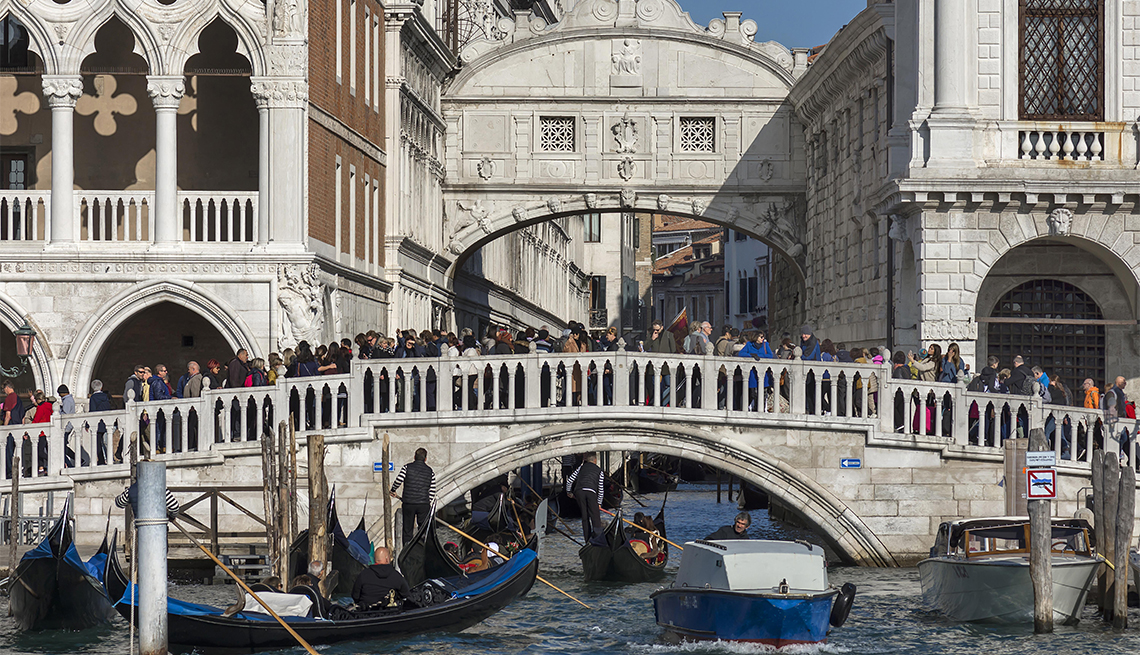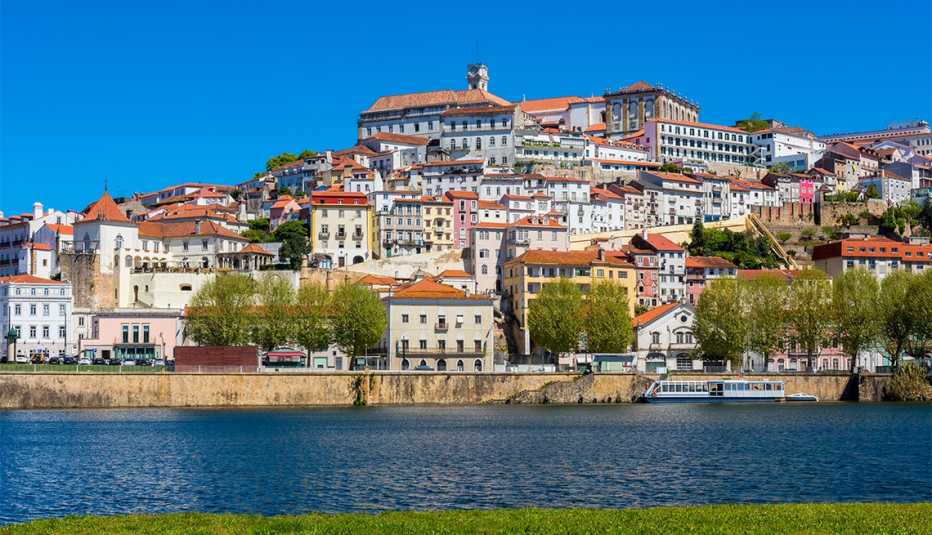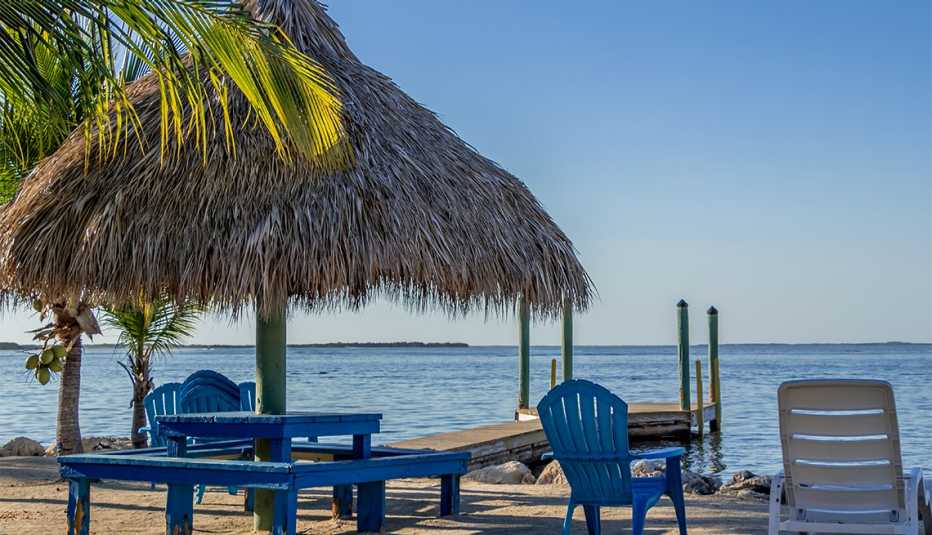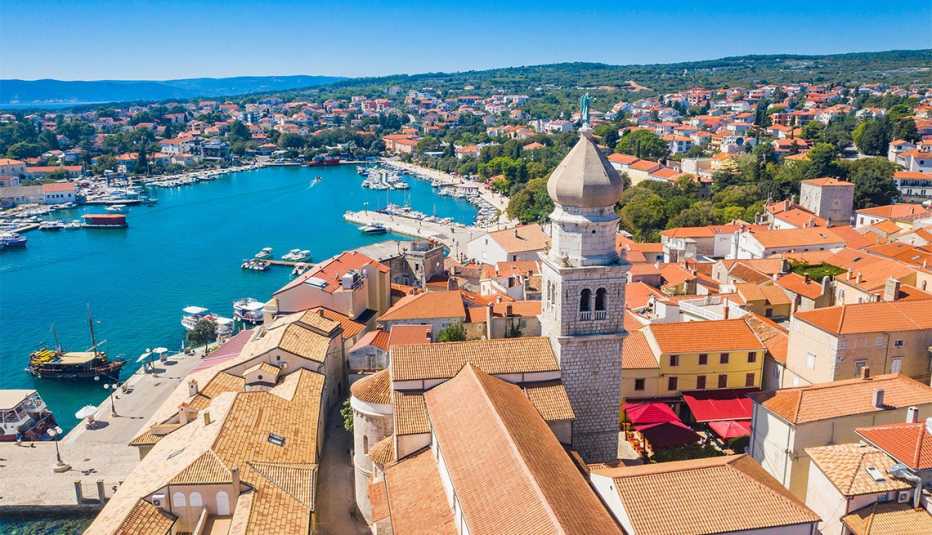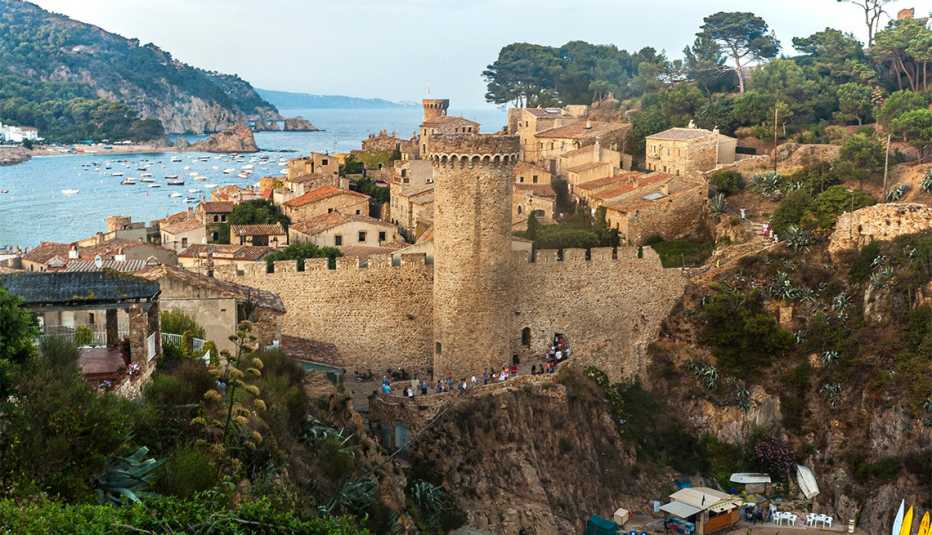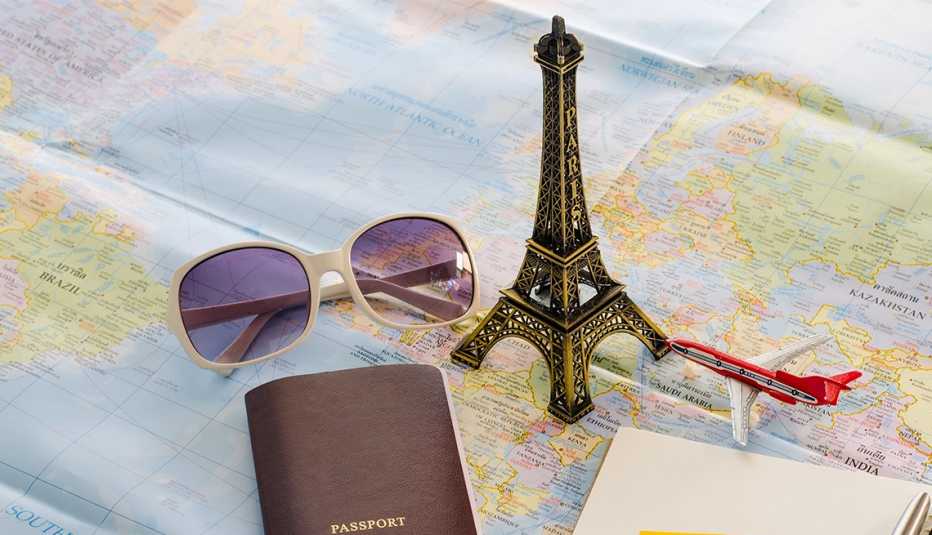Staying Fit
With destinations eager (or desperate) to welcome back visitors after the pandemic will some end up welcoming back too many? Two years ago, the travel world couldn’t stop talking about “overtourism,” the term for when the number or flow of visitors adversely affects a destination’s quality of life and/or makes visiting a less pleasant experience for travelers themselves. Think Venice, where actual Italians can be hard to find among the tourists
Many destinations are at least trying to do their part — controlling visitor numbers through taxes and technology, encouraging off-season visiting, or discouraging certain kinds of visitors (think bachelor parties) — while balancing what may be a growing dependence on tourist dollars. Venice recently announced that starting next summer, day-trip visitors will need to buy entrance tickets and enter through electronic turnstiles, Disneyland-style, and it has banned large cruise ships from its city center. And in the U.S., the soaring popularity of some national parks, including Glacier in Montana and California’s Yosemite, has led a number of them to institute reservation systems during the summer high season to prevent overcrowding.


AARP Membership— $12 for your first year when you sign up for Automatic Renewal
Get instant access to members-only products and hundreds of discounts, a free second membership, and a subscription to AARP the Magazine.
But it’s not just up to local governments and individual attractions to keep crowds in check. We travelers can change our behavior as well, and avoid areas threatened by too many tourists. Opting for less visited destinations not only prevents us from further burdening vulnerable areas, it also often leads to a more pleasant and authentic travel experience.
Another option is to visit these overtouristed places differently — figuring out how to go without contributing to their problems or your headaches. Traveling in the off-season can do the trick. (You’ll also usually save money, though you may have to contend with less-than-ideal weather.) Also helpful: Hitting big attractions in a busy city as early in the day as possible and then focusing on lesser-known areas the rest of the day. My favorite research trick for escaping crowds? I go to Tripadvisor’s list of “Things to Do” in any city, scroll past the most popular highlights, and start my explorations from there.
Similarly, if a busy destination is firmly on your must-see list, visit quickly, then head to parts lesser-known.
Here are five of the world’s notoriously overtouristed spots — and some wonderful alternatives.



























































